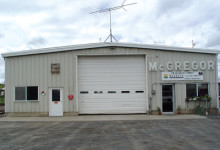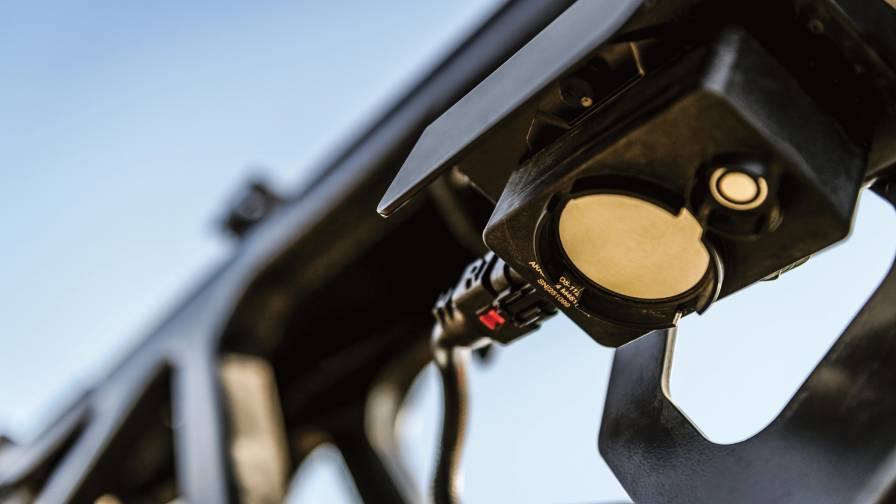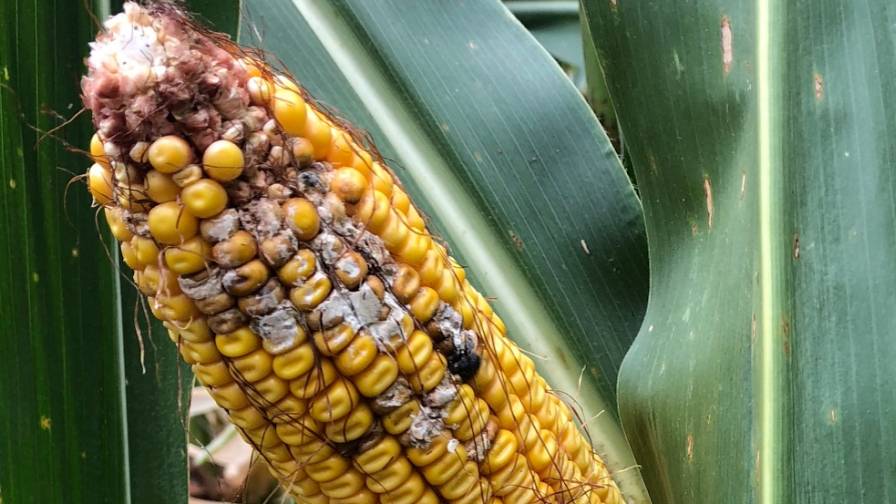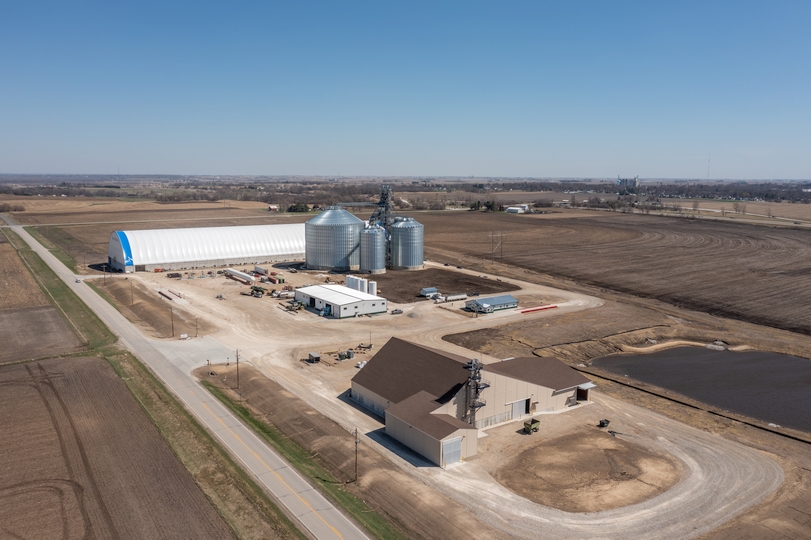Fresh Heir

In the world of environmental stewardship, there is one retailer that appears to be making a case for dynasty status — The McGregor Co. Since the DuPont Crop Protection-sponsored Environmental Respect Awards program began back in 1991, this single retailer has had dozens of state winners and several regional winners. The past two years, the winners of the coveted National Environmental Respect Award have both sported the McGregor name. In 2005, the McGregor facility in Dayton, WA, earned the top honor. During the 2006 awards ceremony, the McGregor outlet in Garfield, WA, was the grand prize recipient.
“Every day, we are actively committed to safeguarding our natural resources,” said Ted Deerkop, area manager for the Garfield facility, when accepting the award. “It is an honor to be recognized for our efforts in protecting the environment. Our commitment to environmental stewardship is long term. It’s not just about what we do today, but what we can do to preserve, even improve, the environment for future generations.”
Company Owner Alex McGregor was equally pleased with the Environmental Respect Award acknowledgement. “Ted and his team have gone to great lengths to make certain their facility is a good steward in the community by working hard and thinking outside the box with some of their solutions to environmental challenges.”
Starting At The Top
Given the role McGregor himself has played in his company’s environmental programs, this praise should come as no surprise. When he was first approached in the early 1990s by Pat McConnell, the then-manager of the McGregor Waitsburg, WA, outlet, about launching a companywide program to actively develop environmental stewardship initiatives at all outlets, McGregor jumped at the chance. Today, the program, using the title “Every Drop Counts,” is the guiding principle of doing business at each and every McGregor outlet.
“Following the ‘Every Drop Counts’ program has been a challenge at times, but it’s definitely the right thing to do,” says Deerkop. “We have to make certain we respect and take care of the land we have been given.”
Of course, for McGregor Garfield, this has presented its share of challenges, particularly since the outlet itself was originally constructed in the late 1950s — long before environmental stewardship was a key company tenet. In many cases, this has meant that in order to comply with modern environmental practices, McGregor Garfield has had to make some radical changes to the facility itself as well as the way it conducts business.
According to Deerkop, McGregor Garfield began down its road to environmental stewardship with container recycling. Originally, he says, the company used to stack thousands of 5-gallon tins on its facility grounds, crushing them flat once per season for collection. “To safeguard the groundwater and surrounding area while this pile was on-site, we installed a containment liner underneath everything to keep any incidentally spilled liquid from going where it wasn’t supposed to.”
Today, McGregor Garfield still collects discarded crop protection product jugs, but these are now primarily plastic and shredded as part of an annual recycling program coordinated with area grower-customers. “But the liner is still there, doing its job without fail,” says Deerkop.
In terms of a more “outside the box” solution to an environmental concern, take McGregor Garfield’s bulk tank containment and piping system. Not unlike other retail outlets, the facility’s bulk tank area has a concrete basin designed to capture up to 125% of the contents of its largest tank. But to seal this concrete, McGregor Garfield applied Semstone, a coating that was more expensive than traditional sealants, but possessed added durability. “Since the Semstone was applied in the 1990s, we had no problems with it whatsoever,” says Deerkop.
McGregor Garfield’s solution to the transport piping used in the bulk tank area was more of a radical departure from traditional retail outlet practices. Like other facilities, the outlet originally used PVC piping to move liquids from its bulk tanks to delivery vehicles. But according to Deerkop, these had a bad habit of cracking, leaving the containment area littered with numerous product puddles. When the outlet finally decided to replace the PVC piping rather than initiate another round of repairs, Deerkop looked to a different type of plastic to do the job — high-density polyethylene (HDPE). “Traditionally, HDPE shows up in many consumer products such as milk cartons and motor oil containers, but it hasn’t been traditionally used for retail transfer pipe,” he says.
But Deerkop realized that HDPE-made milk cartons and motor oil containers are able to maintain their flexibility under extreme heat and cold conditions without cracking, so using this plastic for piping “made tremendous sense.” As an added bonus, HDPE piping isn’t fitted together when assembled, but heat-welded. “This means that when you are finished with installation, you have one continuous piece of HDPE piping in place, not dozens of pipe sections with connecting joints,” says Deerkop.
Thus far, the gamble on HDPE piping has paid off for McGregor Garfield. “Since we first installed the pipe, we’ve never had a leak,” he says. “Plus, it’s flexible enough that you can bump into it and it won’t break or crack.”
Metal Tanks Of Honor
Another example of McGregor Garfield’s eye toward environmental stewardship is the way the outlet handles its bulk crop protection products. While most retailers across the country utilize plastic shuttles, McGregor Garfield ships most of its chemicals in stainless steel tanks. “We’ve found the stainless steel tanks are much more durable than plastic, can be cleaned and reused easier, and are less likely to develop leaks,” says Deerkop.
Despite all its technical and product-oriented efforts, says Deerkop, McGregor Garfield wouldn’t have been able to build up and maintain its environmental stewardship programs without the help and support of the outlet’s employees. “For this to really work, you need to have 100% involvement from your workers,” he says. “In many cases, they are the ones dealing with grower-customer and our outlet issues at the ground level, so they are the ones that can make us aware of a problem and help us come up with a solution that will work. Without this kind of support, you will have no chance of maintaining an effective environmental program.”
Overall, he adds, the quest for complete environmental stewardship is a never-ending battle. “You have to keep the vision clear and continually update it,” says Deerkop. “You’ve got to keep going forward, as a manager, an outlet, and a company. You can’t ever assume you’ve done enough to be a good environment steward and just stop. You’ve got to keep going. That’s how McGregor has been able to keep producing new Environmental Respect winners year after year.”






